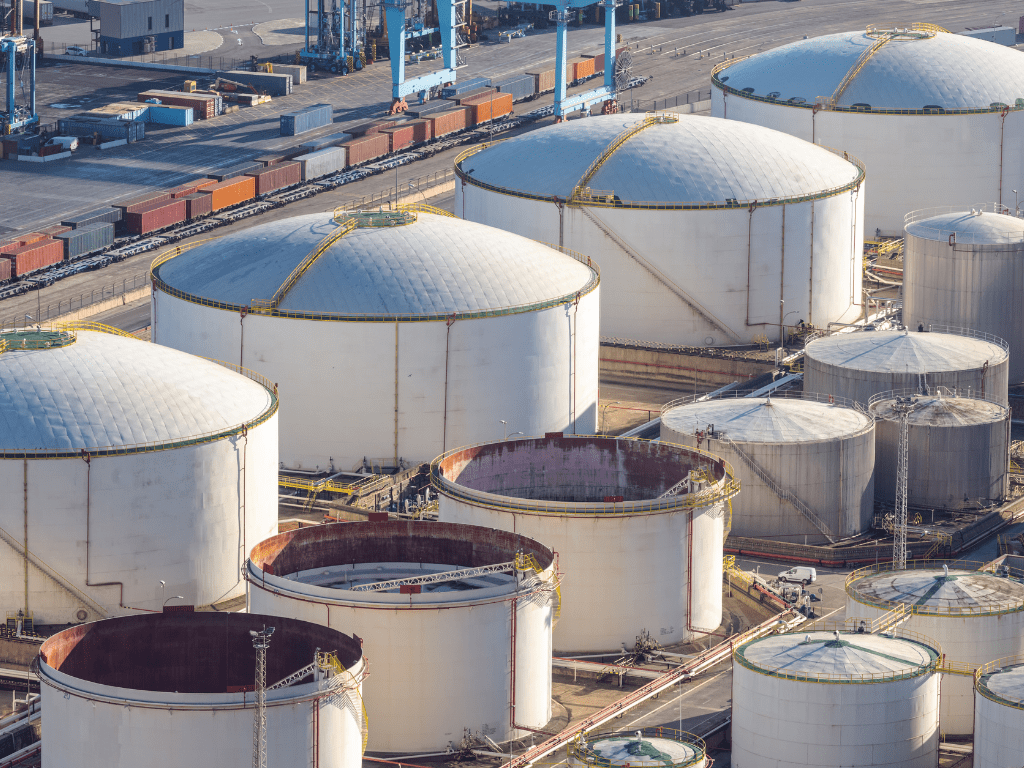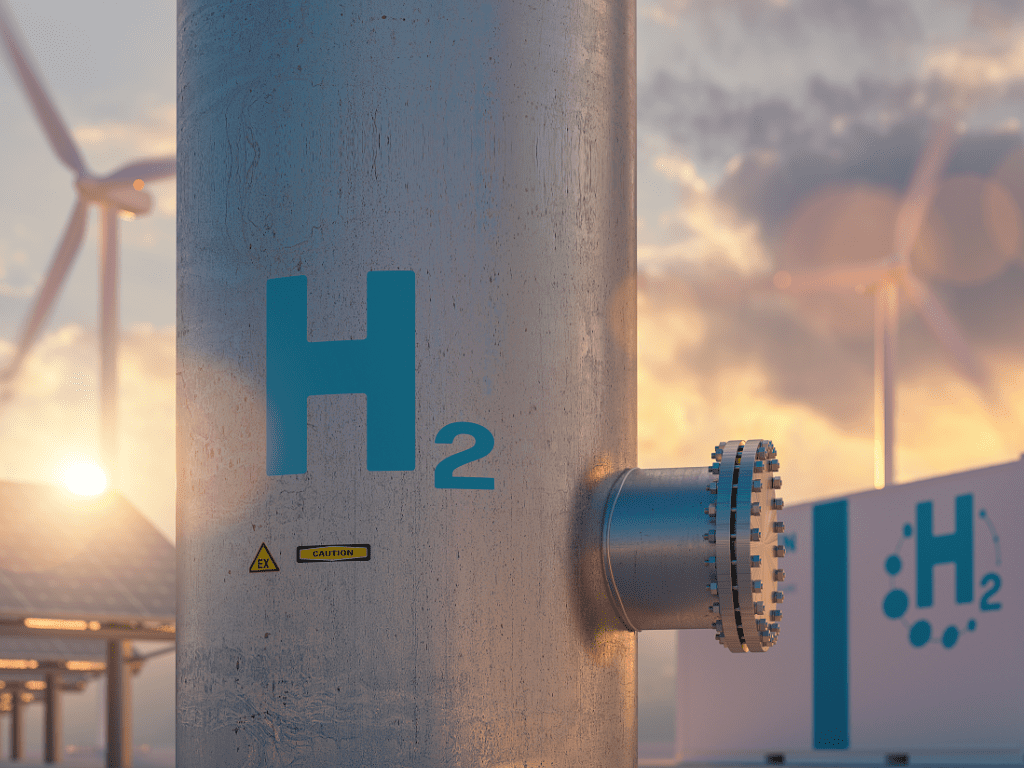Un vehicul bine întreținut funcționează fără probleme, iar una dintre cele mai importante sarcini, dar adesea neglijată, este curățarea rezervorului de benzină. În timp, murdăria, rugina și resturile se pot acumula în rezervorul de combustibil, ducând la probleme ale motorului, scăderea eficienței consumului de combustibil și alte probleme. În acest articol, vă vom prezenta importanța curățării rezervorului de benzină, pașii implicați și modul în care AQUAQUICK 2000 vă poate ajuta în acest proces.
De ce este esențială curățarea rezervorului de benzină
Curățarea regulată a rezervorului de benzină este vitală pentru menținerea sănătății vehiculului dumneavoastră. Contaminanții din interiorul rezervorului pot înfundă conductele de combustibil și injectoarele, cauzând funcționarea defectuoasă a motorului. În timp, aceste impurități pot reduce eficiența vehiculului dumneavoastră, pot crește consumul de combustibil și pot cauza reparații costisitoare.
Preveniți problemele motorului
Un rezervor de benzină murdar duce la performanțe scăzute ale motorului. Atunci când resturile ajung în conductele de combustibil, acestea pot bloca injectoarele și filtrele, forțând motorul să lucreze mai mult. Acest efort suplimentar poate duce la accelerare slabă, putere redusă și chiar la blocarea motorului.
Îmbunătățirea eficienței combustibilului
Menținerea curată a rezervorului de benzină contribuie la asigurarea unei curgeri fluide a combustibilului în motor, îmbunătățind eficiența. Întreținerea regulată reduce riscul ca contaminanții să se amestece cu combustibilul, favorizând astfel o combustie și un kilometraj mai bune.
Semne că rezervorul de benzină trebuie curățat
Înainte de a intra în procesul de curățare a unui rezervor de gaz, este esențial să știți când este timpul pentru o curățare. Iată câteva semne comune:
- Dificultate la pornirea motorului
- Reducerea eficienței combustibilului
- Zgomote ciudate de la pompa de combustibil
- Motorul gâfâie sau se blochează
- Filtru de combustibil murdar
Dacă vă confruntați cu oricare dintre aceste probleme, este probabil timpul să vă curățați rezervorul de benzină.

Pași pentru curățarea unui rezervor de benzină
Acum că știm de ce și când să curățăm, să trecem în revistă pașii pentru curățarea eficientă a rezervorului de benzină.
Pasul 1: Goliți rezervorul de benzină
Primul pas este să scoateți în siguranță tot combustibilul din rezervor. Acest lucru se poate face folosind o pompă cu sifon. Asigurați-vă că mașina este pe o suprafață plană și că lucrați într-o zonă bine ventilată. De asemenea, este o idee bună să deconectați borna negativă a bateriei pentru a evita orice scântei.
Pasul 2: Scoateți rezervorul de benzină
După golirea combustibilului, va trebui să detașați rezervorul de combustibil de vehicul. Aceasta implică, de obicei, îndepărtarea câtorva șuruburi și a conductelor de combustibil. Asigurați-vă că consultați manualul vehiculului pentru instrucțiuni specifice.
Pasul 3: Curățarea interiorului rezervorului de benzină
Odată ce rezervorul este scos, este timpul să curățați interiorul. Începeți prin a clăti rezervorul cu apă pentru a îndepărta orice resturi libere. Apoi, umpleți rezervorul cu o soluție de curățare concepută pentru rezervoarele de combustibil. AQUAQUICK 2000 este o opțiune excelentă pentru acest pas, deoarece este ecologică și eficientă în descompunerea contaminanților precum rugina și murdăria.
Lăsați soluția să stea în rezervor o vreme pentru a îndepărta orice murdărie rămasă. După înmuiere, frecați interiorul cu o perie sau un instrument de curățare, acordând o atenție deosebită zonelor ruginite. Clătiți bine rezervorul cu apă pentru a elimina toată soluția de curățare.
Pasul 4: Inspectați și curățați conductele și filtrele de combustibil
În timp ce rezervorul se usucă, profitați de această ocazie pentru a inspecta conductele și filtrele de combustibil. Orice blocaj sau murdărie trebuie eliminat pentru a asigura un flux de combustibil fără probleme. Înlocuirea filtru de combustibil este recomandată și după curățarea rezervorului de benzină.
Pasul 5: Reinstalați rezervorul de benzină
După ce rezervorul este complet uscat, reinstalați-l în vehicul, asigurându-vă că toate conductele de combustibil și conexiunile sunt bine fixate. Reumpleți rezervorul cu combustibil proaspăt și curat și reconectați bateria.
Cât de des trebuie să vă curățați rezervorul de benzină?
Nu există o regulă universală privind frecvența cu care ar trebui să curățați rezervorul de benzină, dar este o idee bună să o faceți la fiecare câțiva ani, mai ales dacă conduceți frecvent sau depozitați vehiculul pentru perioade lungi. Curățarea regulată ajută la prevenirea acumulării de contaminanți și prelungește durata de viață a motorului vehiculului dumneavoastră.
Beneficiile utilizării AQUAQUICK 2000

Deși sunt disponibile mai multe produse de curățare pentru curățarea unui rezervor de gaz, AQUAQUICK 2000 iese în evidență din mai multe motive.
Formulă ecologică
AQUAQUICK 2000 este un agent de curățare ecologic, ceea ce înseamnă că nu va dăuna mediului atunci când este utilizat sau eliminat. Natura sa biodegradabilă îl face o alegere excelentă pentru cei cărora le pasă de durabilitate.
Acțiune puternică de curățare
Acest produs îndepărtează eficient rugina, noroiul și alți contaminanți din interiorul rezervorului de benzină, asigurând o curățare completă. Formula sa acționează rapid, reducând timpul necesar pentru curățarea rezervorului, fără a compromite eficiența.
Versatilitate
AQUAQUICK 2000 nu este doar pentru curățarea unui rezervor de benzină - poate fi utilizat și pentru o varietate de alte sarcini de curățare, inclusiv curățarea scurgerilor de ulei și degresarea utilajelor. Natura sa multifuncțională îl face un must-have pentru orice pasionat de mașini sau mecanic.
Sfaturi pentru menținerea unui rezervor de benzină curat
Curățarea rezervorului de benzină este esențială, dar prevenirea este întotdeauna mai bună decât vindecarea. Iată câteva sfaturi pentru a vă menține rezervorul de benzină în cea mai bună formă:
- Folosiți combustibil de înaltă calitate: Benzina ieftină poate conține impurități care duc la acumulări în rezervor.
- Înlocuiți periodic filtrul de combustibil: Un filtru înfundat poate duce la contaminarea combustibilului și la reducerea performanțelor motorului.
- Mențineți rezervorul plin: Atunci când rezervorul de benzină este aproape gol, se poate acumula umezeală în interior, ceea ce duce la rugină și coroziune.
- Depozitați autovehiculul în mod corespunzător: Dacă depozitați vehiculul pentru o perioadă lungă de timp, asigurați-vă că rezervorul de benzină este plin pentru a preveni pătrunderea aerului și a umezelii.
Concluzie
Curățarea rezervorului de benzină este o parte esențială a întreținerii vehiculului care nu trebuie neglijată. Aceasta asigură buna funcționare a motorului dumneavoastră, previne reparațiile costisitoare și îmbunătățește eficiența consumului de combustibil. Urmarea pașilor descriși în acest ghid vă va ajuta să vă mențineți rezervorul de benzină în condiții optime, iar utilizarea unui produs ecologic precum AQUAQUICK 2000 poate face procesul și mai eficient. Fie că sunteți un pasionat de mașini sau doar căutați să prelungiți durata de viață a vehiculului dumneavoastră, curățarea regulată a rezervorului de benzină este esențială pentru menținerea performanțelor de top.














